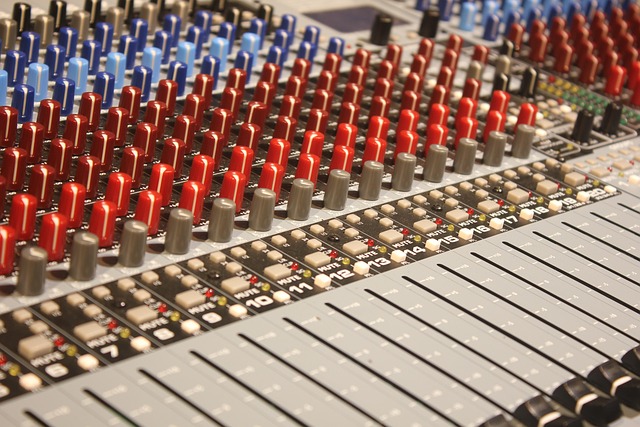Creating the perfect home cinema room is a fine art, demanding keen attention to detail in both audio and video elements. One crucial aspect that often gets overshadowed in the grand scheme of designing a home theater is normalization. By mastering audio normalization techniques, you can transform your viewing experience into something breathtaking, ensuring that every whisper of dialogue, explosion, and musical score is heard perfectly.
When we think about audio in a home cinema, it’s easy to focus on the speakers, subwoofers, or the latest audio formats. However, without proper normalization, even the best equipment can fall short. Normalization is the process of adjusting the levels of your audio tracks. This ensures that no sound is too loud or too soft, creating a consistent listening experience. Whether it’s an intense action movie or a quiet drama, maintaining audio balance allows the audience to immerse themselves fully in the cinematic experience.
As you design your cinema room, consider the layout and acoustics. The arrangement of your speakers plays a significant role in how sound is perceived. For instance, a sound system that utilizes a 5.1 or 7.1 configuration can amplify the richness of audio when correctly normalized. Sound localization is vital; viewers should feel engrossed, with sounds that seemingly come from the direction they appear in the video.
When you apply audio normalization, keep in mind the diverse range of media you’ll be watching. Normalization techniques can help mitigate the loud sound jumps often experienced between different films or even different scenes within the same film. This is particularly relevant for home cinema enthusiasts who frequently switch between streaming services or DVDs, each potentially utilizing various audio levels.
One effective normalization technique is using loudness normalization standards such as EBU R128 or ITU-R BS.1770. These standards measure the perceived loudness of audio across different tracks, ensuring that they sound equally balanced when played in your home theater. Many modern audio systems and software offer built-in features adhering to these standards, allowing you to easily set the levels for a polished experience. Utilizing these tools not only enhances your audio quality but also contributes to a more profound enjoyment of the videos you cherish.
Moreover, experimenting with dynamic range compression can provide audio normalization without sacrificing the integrity of sound. While compression can limit excessive peaks in loudness, it’s essential to apply it judiciously; too much can rob your audio of its dynamism, resulting in a flat listening experience. Striking the right balance is key, allowing you to maintain impactful moments during crucial scenes.
The visuals in your home cinema are just as paramount as the audio; however, even the finest video resolution can be undermined by poor sound quality. Imagine the disappointment of watching an epic film where the dialogue is inaudible due to a mismatch in audio levels. By prioritizing normalization techniques, you can enhance the synergy between audio and video, amplifying the overall impact of your films.
As you delve into home cinema audio recording, remember that mastering normalization techniques is not merely a task but an essential step toward delivering a truly immersive experience. A well-balanced audio setup can make your home cinema the perfect environment for movie marathons or engaging game nights with friends and family. Take the time to refine your setup, and enjoy the breathtaking adventures that unfold within your carefully curated cinematic universe.



